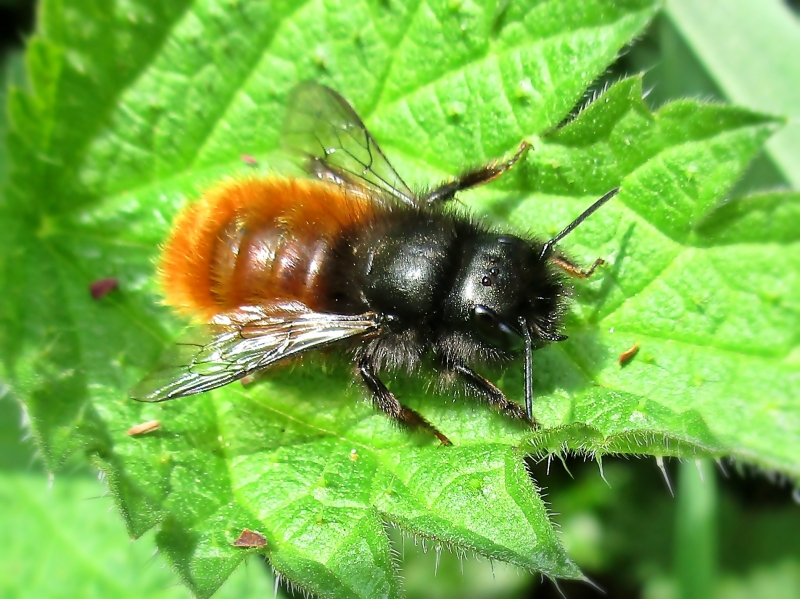From the report «Use of a Managed Solitary Bee to Pollinate Almonds: Population Sustainability and Increased Fruit Set», by Jordi Bosch, Sergio Osorio-Canadas, Fabio Sgolastra, and Narcís Vicens, published at MDPI.
Approximately three-quarters of the world’s crops benefit from animal pollination, and a significant part of this pollination service is provided by wild pollinators. However, the current context of agricultural intensification, characterized by low crop diversity, increased crop field size, loss of semi-natural habitats, and increased pesticide use is clearly detrimental to pollinator abundance and diversity. As a result, wild pollinators are notoriously scarce in many agricultural landscapes. For this reason, the general perception is that wild pollinator populations are insufficient to provide adequate levels of pollination in intensively farmed areas, and populations of managed pollinators are usually introduced to enhance pollination services.
Fruit trees are highly dependent on pollinator visitation because they bloom for a short period of time in spring when weather conditions are often suboptimal for insect activity and because most cultivars are self-incompatible. For this reason, honey bee hives are usually introduced in orchards at a rate of 2–6 hives per ha, with each hive containing several thousands of foragers. However, honey bees are only fully active at temperatures above 12–14 °C. In addition, because they have long foraging ranges, and are highly generalist foragers, they often visit other flower species.

Osmia spp. are excellent orchard pollinators but evidence that their populations can be sustained in orchard environments and their use results in increased fruit production is scarce. We released an Osmia cornuta population in an almond orchard and measured its population dynamics, as well as visitation rates and fruit set at increasing distances from the nesting stations.
Honeybees were 10 times more abundant than O. cornuta. However, the best models relating fruit set and bee visitation included only O. cornuta visitation, which explained 41% and 40% of the initial and final fruit set. Distance from the nesting stations explained 27.7% and 22.1% of the variability in initial and final fruit set. Of the 198 females released, 99 (54.4%) established and produced an average of 9.15 cells. Female population growth was 1.28.
By comparing our results with those of previous O. cornuta studies we identify two important populational bottlenecks (female establishment and male-biased progeny sex ratios). Our study demonstrates that even a small population of a highly effective pollinator may have a significant impact on fruit set.
The study demonstrates that even a small population of a highly effective pollinator may have a significant impact on crop pollination service and fruit set. It encourages not only for the use of Osmia spp. as managed pollinators but also for the implementation of measures to protect wild pollinator communities in orchard environments. In addition to Osmia spp., various species of Andrena, Eucera and Bombus are highly effective fruit tree pollinators.
In the current scenario of pollinator declines, agri-environmental measures to enhance wild populations of these valuable pollinators could have important economic returns in terms of enhanced pollination service and fruit yields.
Featured image: By Esculapio – Own work, CC BY-SA 3.0, https://commons.wikimedia.org/w/index.php?curid=9950914

